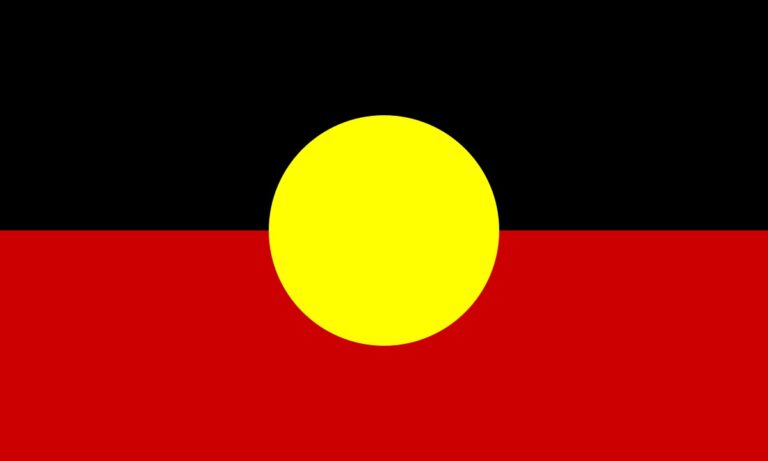This supplementary submission to the review of the South Australia (SA) Liquor Licensing Act 1997 (‘the Review’) provides illustrative models on a range of alcohol policy topics. Where models are not available for a policy topic, research evidence is provided to inform the Review’s consideration of how government may respond to the policy topic in question. This supplementary submission serves as a compendium of practical reference materials that complements the submissions to the Review from:
- The Foundation for Alcohol Research and Education (submission #41)
- The South Australia Network of Drug and Alcohol Services (submissions #74 and #75)
- Public Health Association of Australia (submission #67)
- The Royal Australasian College of Surgeons (submission #71)
This supplementary submission has also been informed by input from the National Centre for Education and Training on Addiction at Flinders University, SA.
Recommendations
The submission provides a model for consideration, accompanied by rationale and additional information and evidence, for each of the following areas.
Policy models that serve the public interest in harm minimisation:
- elevating harm minimisation as primary object of the Act
- replacing the “needs” test with a public/community interest test
- accounting for the economic burden of alcohol harms.
Policy models that address the availability of liquor:
- introducing lockouts and reduced licensed trading hours
- introducing licensed outlet density/saturation policies
- addressing the intersection between the planning system and liquor regulation
- regulation of small bars
- introducing risk-based licensing
- modernising secondary supply policies
- strengthening community input to liquor outlet approvals.
Policy models that address packaged liquor:
- understanding the contribution of packaged liquor to harms
- moratorium on the sale of liquor in supermarket settings
- regulation of online liquor sales
- addressing public drinking and “dry” area policies.
Policy models that address the price and promotion of liquor:
- introducing minimum unit pricing
- regulation of marketing and promotions.
Policy models for monitoring the market and harms:
- collection and publication of harms data
- collection and publication of alcohol sales data
- investing in compliance and enforcement.


